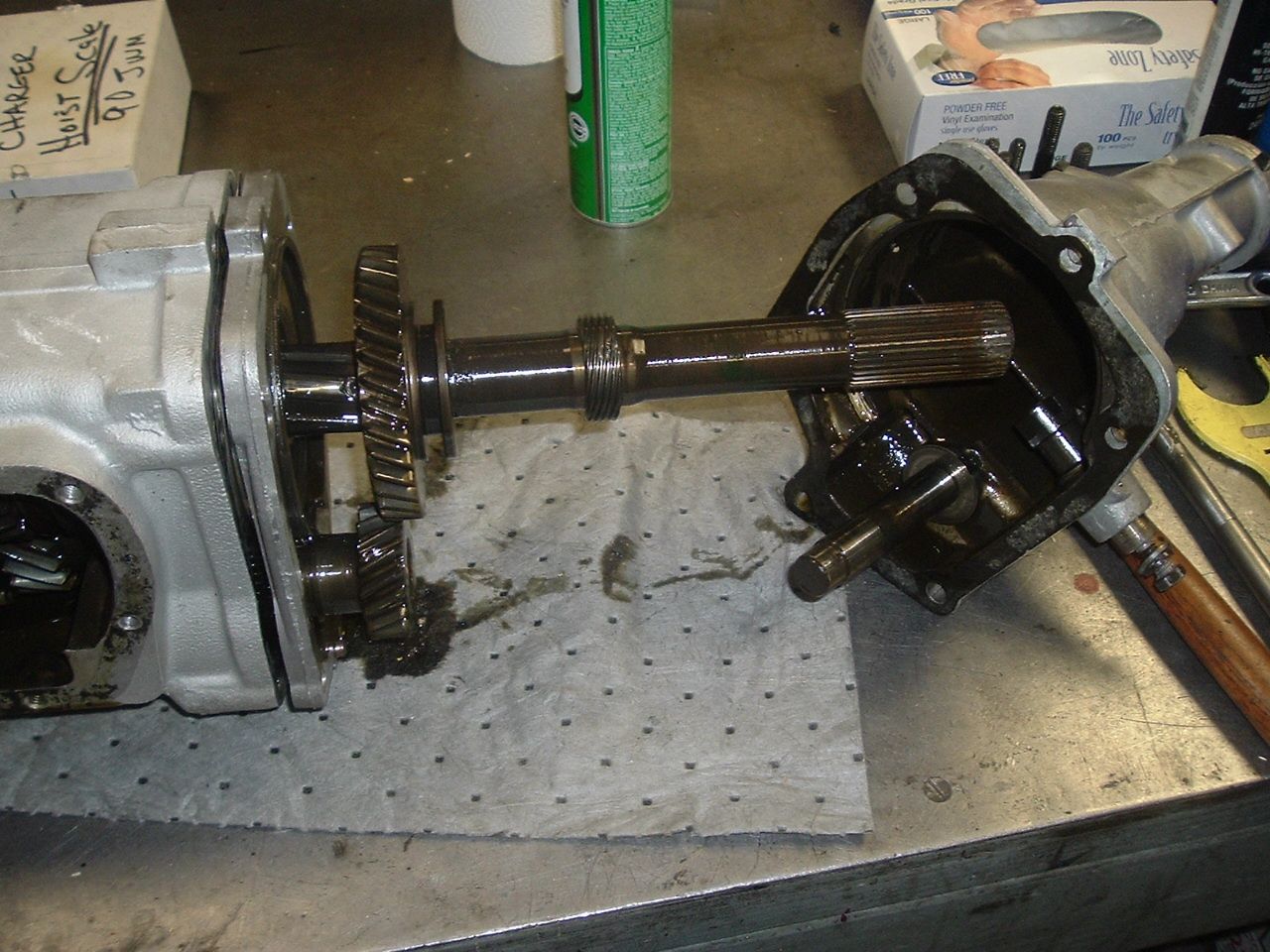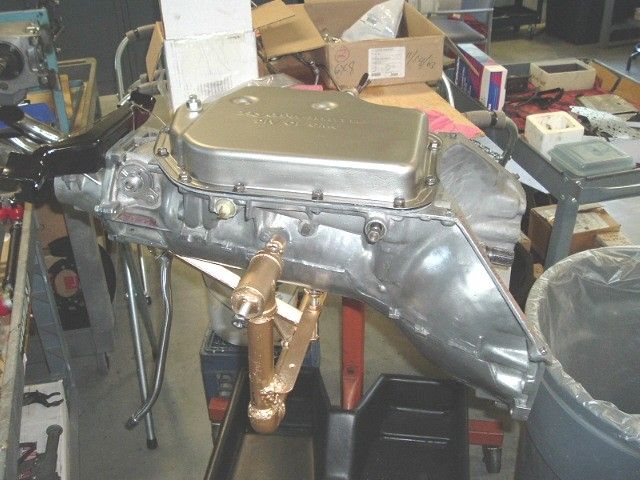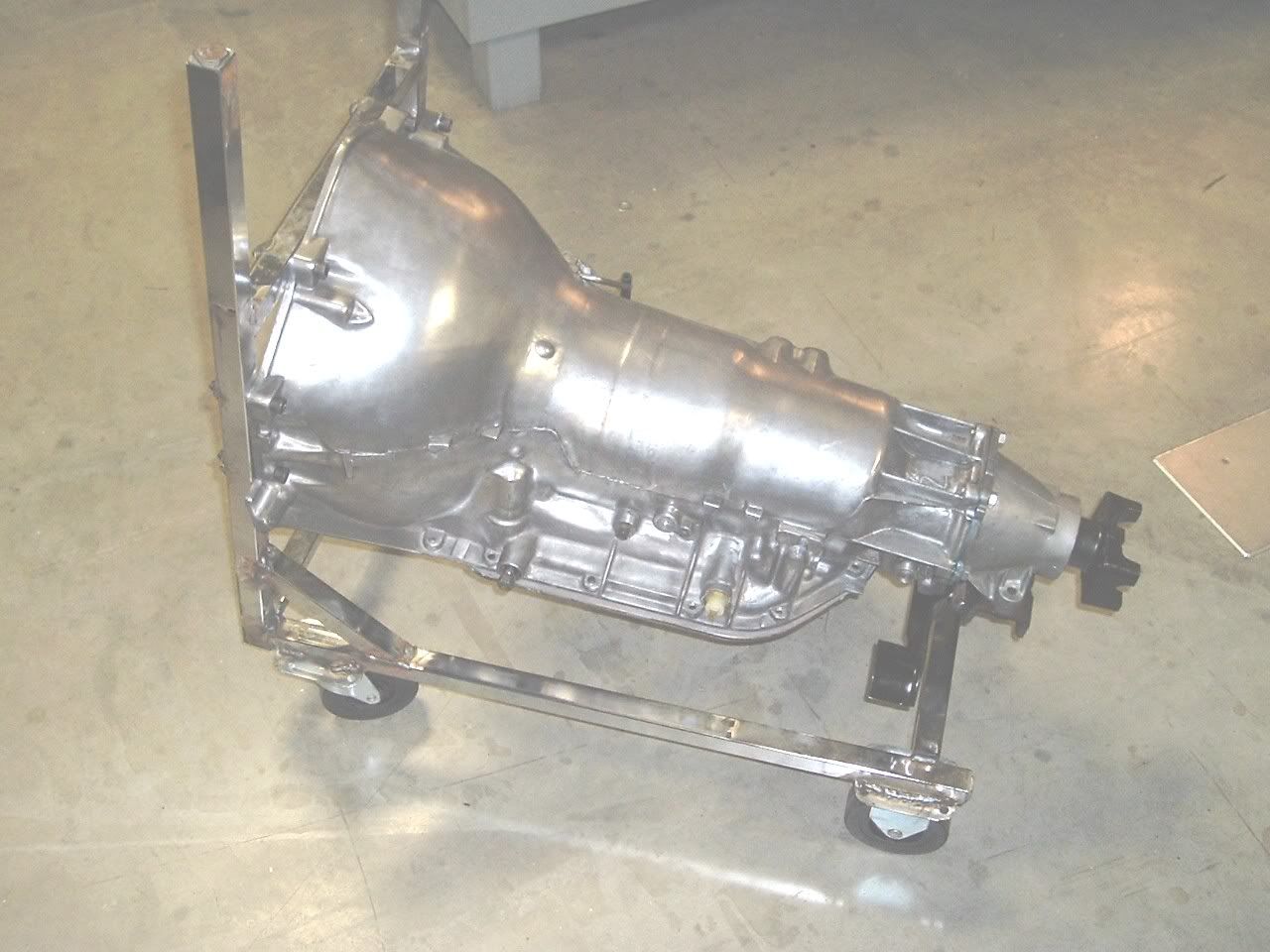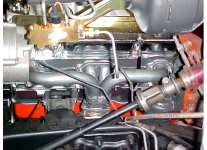toobroketoretire
Banned
Mechanical speedometers all operate under the "Lenz Effect" in which a non-ferrous metal like aluminum or copper is pushed by the invisible field of a magnet that doesn't make contact with it. I had always known speedometers used a magnet that caused an aluminum cup to spin but couldn't understand HOW when aluminum isn't magnetic. Last year I had to calibrate my speedometer because it's non-permanent magnet had lost it's strength and in the process I learned a LOT about speedometers. To learn more Google "Lenz Effect You Tube" to see some videos about the Lenz effect and how an "Eddy Current" is used in industry.
As I didn't have access to the equipment necessary to adjust the strength of my speedometer magnet I intentionally killed it's strength then epoxied two tiny Radio Shack permanent magnets to my (now dead) magnet then calibrated the mainspring to the strength of the magnets. I won't go into the details about everything I did but in the end it reads within about 99% correct at all road speeds.
As I didn't have access to the equipment necessary to adjust the strength of my speedometer magnet I intentionally killed it's strength then epoxied two tiny Radio Shack permanent magnets to my (now dead) magnet then calibrated the mainspring to the strength of the magnets. I won't go into the details about everything I did but in the end it reads within about 99% correct at all road speeds.











